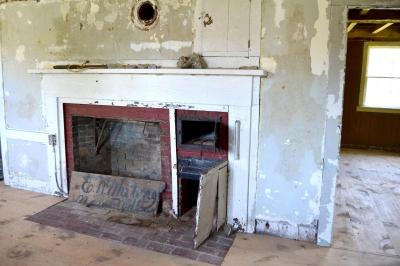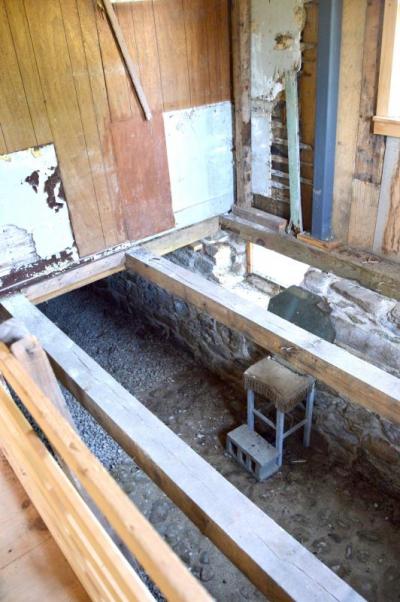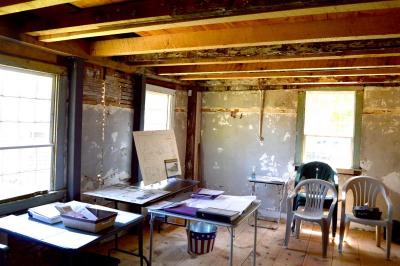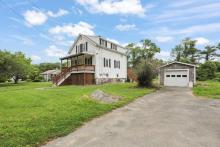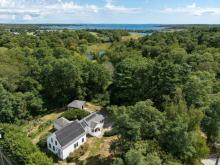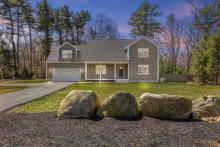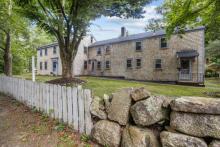On the road to restoration at the Akin House
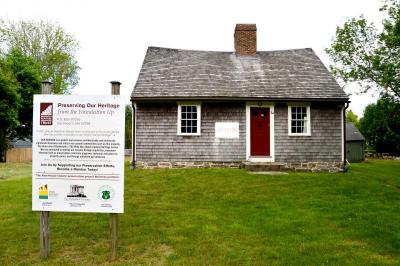
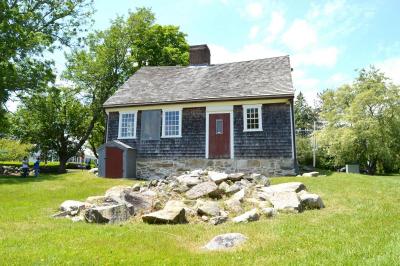
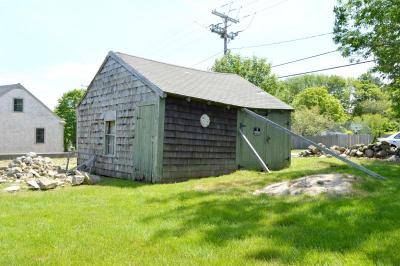
More than a decade after the Akin House was first considered for restoration, the Dartmouth Heritage Preservation Trust is one step closer to transforming the historic home into an education center and cultural resource.
After receiving approval from Town Meeting members for $265,000 in funding through the Community Preservation Act, the Akin House will enter its third phase of renovations.
“We’ve gotten funding to finish the interior — not the way you would imagine interior work getting finished. It is going to show the various transitions of the house since it was first built up to the present time,” said Diane Gilbert, president of the Dartmouth Heritage Preservation Trust.
“We want to retain as much of the character of the property as we can,” she said.
The 253-year-old house has gone through many changes in its history. The property was occupied by tenants as recently as the early 1990s and remained in the Akin family until 2003. During the spring Town Meeting in 2003, voters approved that the Waterfront Historic Area LeaguE (WHALE), a New Bedford-based preservation group, purchase the house and property.
At the time, it was estimated that conservation efforts would require $350,000. The house was in poor condition, with pieces of the roof sagging in and flaking onto the floorboards. About $140,000 was raised and the ceiling was reinforced with support beams. By 2006, the group presented plans before the Select Board to repurpose the space as a cultural center.
Before the first phase of repair was complete, WHALE deeded the property to the town. Around the same time, the Dartmouth Heritage Preservation Trust formed and leased the space from the Historical Commission.
Following another round of Community Preservation funding, the property entered its second phase of restoration in 2008. The group had an additional $195,000.
“It was mostly to further stabilize the house as well as to put in pine flooring,” said Gilbert.
The third phase of repair is scheduled to begin this year. Gilbert admits that pointing to a specific end date for the project is challenging, but she said it should be complete sometime in 2016.
“A lot has been done. It’s a little misleading when you walk in for the first time — especially if you’re not well-versed in historic preservation and how laborious the process can be,” she said.
This final phase, which is estimated to cost $265,000, will impact the interior of the house. This includes repairs the to fireplaces, the widening of doors and the replacement of some floorboards and joists.
Renovations will be done to the exterior as well. The original stone wall that runs along Rockland Street will be repaired. The shed out back, originally constructed in the 1930s, will be demolished to make way for street access and parking spaces. This also means that the back of the house will become the main entrance to the facility.
“We’re going to use the stones that are on the property that we’ve uncovered over the years and have been part of the foundation to build a stone ramp,” said Gilbert, adding that this will give the house universal access.
Despite the considerable amount of work needed to restore the Akin House, Gilbert remains undeterred in her mission to present residents and visitors with a piece of American history as viewed through the lens of Dartmouth.
“The Akins were shipbuilders in Padanaram Harbor. At the time it wasn’t called Padanaram, it was called Akin’s Landing,” she said. “Initially, the Akins were huge in this area. They were into politics, they were entrepreneurs, they also were evolving to become Patriots.”
She said that after the British set fire to New Bedford, they came to Padanaram and destroyed Akin family property, save for the house on Dartmouth Street.
“When [Elihu Akin] lost everything, he sought refuge up here. He died in this house having lost everything,” said Gilbert.
“This is why this [house] is so important to this town and nationally,” she added.
Gilbert hopes that sharing stories of the Akin family from inside the confines of the historic building will spark an interest in history for the school-age children who come to visit the facility.
“There’s nothing better than hands-on and being at the site. It’s nice to show pictures, and it’s nice to be in the classroom to hear all about history,” she said. “But there’s no substitute for walking onto a property that’s survived for over 250 years essentially intact.”




